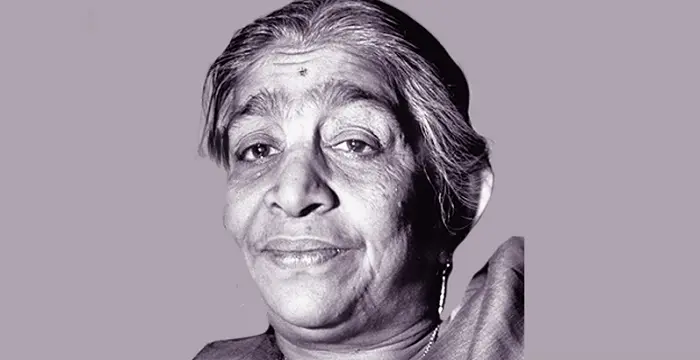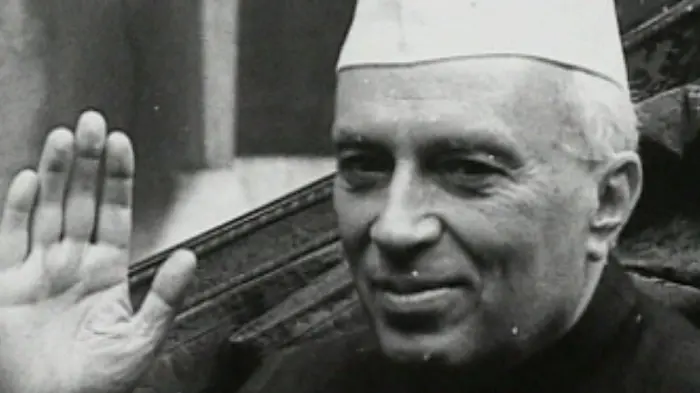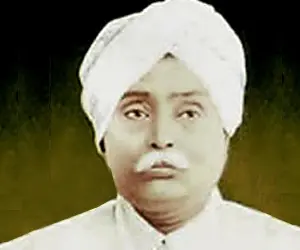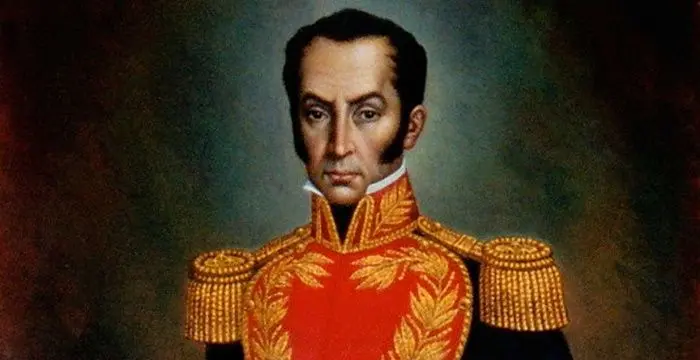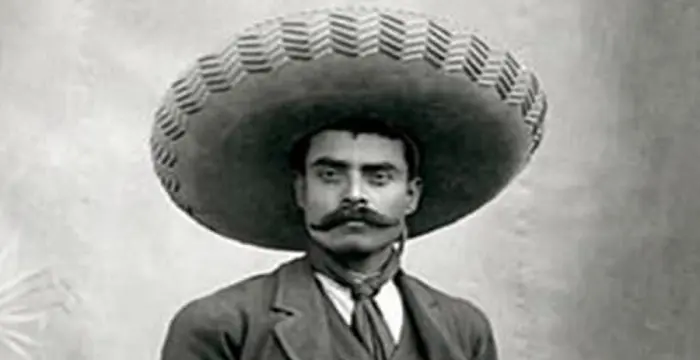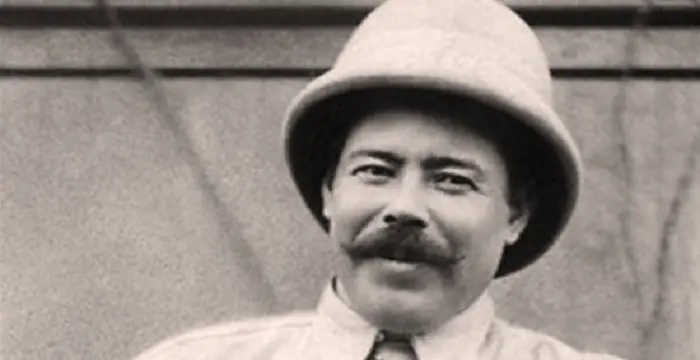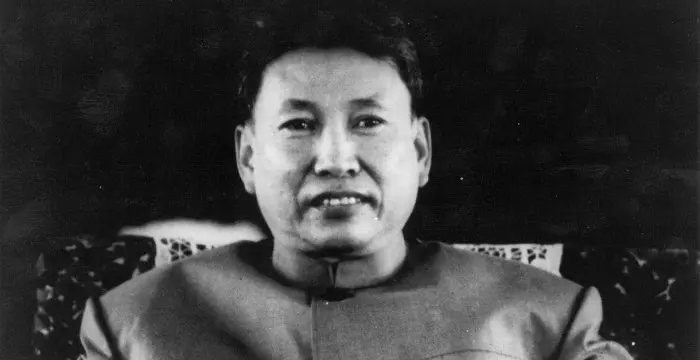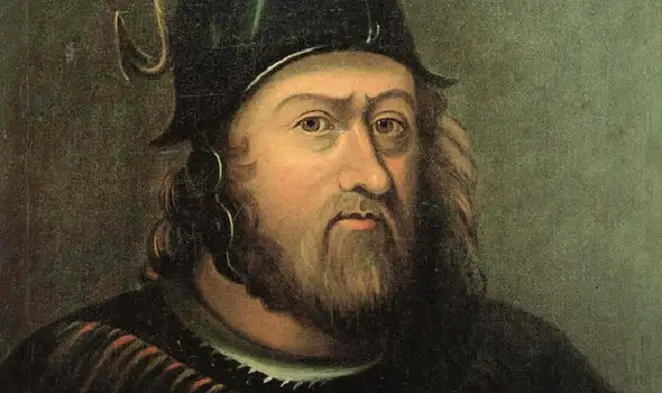
Lala Lajpat Rai - Freedom Fighter, Career and Facts
Lala Lajpat Rai's Personal Details
Lala Lajpat Rai was a prominent Indian freedom fighter who actively participated in the Indian freedom struggle against the British rule
| Information | Detail |
|---|---|
| Birthday | January 28, 1865 |
| Died on | November 17, 1928 |
| Nationality | Indian |
| Famous | Leaders, Political Leaders, Revolutionaries, Freedom Fighter |
| Birth Place | Dhudike, India |
| Gender | Male |
| Father | Munshi Radha Krishna Azad |
| Mother | Gulab Devi |
| Sun Sign | Aquarius |
| Born in | Dhudike, India |
| Famous as | Freedom Fighter |
| Died at Age | 63 |
// Famous Freedom Fighter
Sarojini Naidu
Sarojini Naidu was an Indian freedom fighter and poet. Read this brief biography to find more on her life.
Jawaharlal Nehru
Jawaharlal Nehru was a prominent leader of India’s nationalist movement, who went on to become India’s first Prime Minister. Know more about his childhood, works, achievements, life & timeline.
Govind Ballabh Pant
Pandit Govind Ballabh Pant was a renowned Indian freedom fighter and one of the makers of modern India. Check out this biography to know about his childhood, life, achievements, works & timeline.
Lala Lajpat Rai's photo
Who is Lala Lajpat Rai?
Popularly known as Punjab Kesari or the Lion of Punjab, Lala Lajpat Rai was one of the greatest leaders of India, who actively took part in the Indian fight for independence from the British rule. Blessed with exceptional organizing abilities and oratorical skills, he instigated in Indian youth the seed for Indian Independence. Educated in law, he was deeply impressed by the ideals of Arya Samaj movement founded by Dayananda Saraswati. He was one of the leaders of famous 'Lal Bal Pal' trio who were a thorn in the flesh of British administration. He also travelled to the US to propagate the cause of Indian freedom. He founded Servants of the People Society, a non-profit welfare organization. A prominent member of the Indian National Congress, he was brutally assaulted by the police while protesting against the arrival of Simon Commission, set up by the British government, to report on the political situation in India, and that ultimately led to his death.
// Famous Political Leaders
Edi Rama
Edi Rama is the current Prime Minister of Albania. Check out this biography to know about his childhood, life, achievements, works & timeline.
Khalifa bin Zayed Al Nahyan
Sheikh Khalifa bin Zayed Al Nahyan is the current President of the United Arab Emirates (UAE). Check out this biography to know about his birthday, childhood, family life, achievements and fun facts about him.
Leo Varadkar
Cam Leo Varadkar is the current Taoiseach—the Prime Minister—of the Republic of Ireland. Check out this biography to know about his childhood, family life, achievements and other facts about his life.
Childhood & Early Life
Born as Lajpat Rai to the Munshi Radha Krishna Azad and Gulab Devi at the Dhudike village of Punjab on January 28, 1865, he belonged to the Aggarwal Bania community. His father was a scholar of Persian and Urdu language.
Young Rai attained his elementary educational training from the Government Higher Secondary School in Rewari where his father was posted as an Urdu teacher.
Upon completing his basic education, he enrolled at the Government College at Lahore in 1880 to attain a degree in law. It was while at college that he befriended Indian patriots and future freedom fighters like Lala Hans Raj and Pandit Guru Dutt.
Career
In 1885, he completed his study of law and started his legal practice in Hissar. However, unlike other lawyers from his fraternity, he did not aim at making legal practise his preferred profession and instead wanted to devote his life to social service.
It was during this time that he became an ardent follower of Dayananda Sarasvati, the founder of the conservative Hindu society Arya Samaj. Along with the latter, he helped establish the nationalistic Dayananda Anglo-Vedic School.
After the death of Swami Dayanand, he along with his associates worked hard to develop the Anglo-Vedic colleges and educational institutes. It was due to his impartial and unbiased attitude that he was elected to the Hissar municipality as a member first, eventually becoming its secretary.
In 1888, he entered politics and made impressive contribution in the country’s struggle for independence by working as a freedom fighter. At the Congress session in Allahabad, he was one of the eighty delegates whose heroic speech made waves in the Congress circle and uplifted his popularity by leaps and bounds.
To serve the cause of the country better, he decided to shift from the small town of Hissar. As such, qualifying to practice as an advocate, he moved to Lahore where he took up legal practice at the Punjab High Court. He constantly juggled between legal duties and social service.
He actively participated against the partition of Bengal and launched Swadeshi campaign. His name resounded in the emergence of the new leadership at the Indian National Congress as he became part of the famous Lal-Bal-Pal trio. He was unaffected by the repressive measure adopted by the government and constantly worked to infuse in people national pride and self-respect.
His active measures in creating a tide of revolution caused riots in Lahore and Rawalpindi in 1907 which resulted in his imprisonment in Mandalay jail for six months until November, 1907.
After being out of Congress for a couple of years, he re-entered the Indian National Congress in 1912. Two years later, he served as one of the delegates of the Congress in England.
The outbreak of the First World War in 1914 however disrupted his plan for staying in England for six months and resulted in him moving to America on a self-imposed exile. It was in America that he strongly raised his voice about the pitiable state of India and Indians through his revolutionary speeches and books.
In America, he established the Indian Home Rule League and initiated a journal called, ‘Young India’ which dealt with the significance of Indian culture and necessity for Indian freedom. It was through the paper that he initiated a movement that made him popular worldwide.
Returning to India in 1920, he took over as the President of the National Congress at the Special Session held in September. His surging popularity made him a national hero as people blindly accepted and followed him.
Following year, he founded the ‘Servants of the People Society’, a non-profit welfare organization, in Lahore. Unable to contain his growing popularity and his potential threat to the British Raj, he was imprisoned from 1921 to 1923.
Freed from jail, he turned his attention to the communal problem which became a rising threat to India. Though he was a devout Hindu and strongly was influenced by Arya Samaj, he understood the need for Hindu Muslim unity and actively worked for it.
In 1925, he presided over the Hindu Mahasabha held in Calcutta where his inspiring speech instigated numerous Hindus to join the national movement for Independence.
The year 1928 proved to a curtain puller in the life of this freedom fighter who voiced strongly against the British’s Simon Commission, which aimed at discussing Constitutional reforms needed in India but without having any Indian member on its panel.
Infuriated, he led a peaceful protest against the Commission, introducing a legislative assembly resolution for completely boycotting the latter and demanding that they return to their own country. British response in the form of lathi charge gravely injured him from which he never completely recovered.
Personal Life & Legacy
He breathed his last on November 17, 1928, due to heart attack. His death is celebrated as Martyrs Day in India.
Popularly referred to as the Lion of Punjab, Lala Lajpat Rai’s legacy continues to thrive in the country in the form of various schools, colleges and educational institutes which bear his name.
His statues adorn various roads, squares and lanes in numerous towns and metropolis of India. Additionally, markets and localities also bear his name to mark his relentless contribution in the freedom struggle.
In his life, he made lasting contribution in the field of commerce and journalism as well. While he is responsible for the establishment of the Punjab National Bank and the Lakshmi Insurance Company, his newspapers, journals and weeklies played a dominant role in instigating Indian youth to join in the freedom struggle.
His contribution as a social worker and member of the Arya Samaj has been invincible. He served as a father figure to the orphans, helped set up numerous orphanages which function till date and toiled tirelessly to improve the working condition of the working class.
Trivia
This great Indian political leader and freedom fighter was referred to as Punjab Kesari or Lion of Punjab.
// Famous Leaders
Edi Rama
Edi Rama is the current Prime Minister of Albania. Check out this biography to know about his childhood, life, achievements, works & timeline.
Tecumseh
Tecumseh was a Native American leader of the Shawnee clan. This biography profiles his childhood, life and timeline.
Khalifa bin Zayed Al Nahyan
Sheikh Khalifa bin Zayed Al Nahyan is the current President of the United Arab Emirates (UAE). Check out this biography to know about his birthday, childhood, family life, achievements and fun facts about him.
Lala Lajpat Rai biography timelines
- // 28th Jan 1865Born as Lajpat Rai to the Munshi Radha Krishna Azad and Gulab Devi at the Dhudike village of Punjab on January 28, 1865, he belonged to the Aggarwal Bania community. His father was a scholar of Persian and Urdu language.
- // 1880Upon completing his basic education, he enrolled at the Government College at Lahore in 1880 to attain a degree in law. It was while at college that he befriended Indian patriots and future freedom fighters like Lala Hans Raj and Pandit Guru Dutt.
- // 1885In 1885, he completed his study of law and started his legal practice in Hissar. However, unlike other lawyers from his fraternity, he did not aim at making legal practise his preferred profession and instead wanted to devote his life to social service.
- // 1888In 1888, he entered politics and made impressive contribution in the country’s struggle for independence by working as a freedom fighter. At the Congress session in Allahabad, he was one of the eighty delegates whose heroic speech made waves in the Congress circle and uplifted his popularity by leaps and bounds.
- // 1907His active measures in creating a tide of revolution caused riots in Lahore and Rawalpindi in 1907 which resulted in his imprisonment in Mandalay jail for six months until November, 1907.
- // 1912After being out of Congress for a couple of years, he re-entered the Indian National Congress in 1912. Two years later, he served as one of the delegates of the Congress in England.
- // 1914The outbreak of the First World War in 1914 however disrupted his plan for staying in England for six months and resulted in him moving to America on a self-imposed exile. It was in America that he strongly raised his voice about the pitiable state of India and Indians through his revolutionary speeches and books.
- // 1920Returning to India in 1920, he took over as the President of the National Congress at the Special Session held in September. His surging popularity made him a national hero as people blindly accepted and followed him.
- // 1921 To 1923Following year, he founded the ‘Servants of the People Society’, a non-profit welfare organization, in Lahore. Unable to contain his growing popularity and his potential threat to the British Raj, he was imprisoned from 1921 to 1923.
- // 1925In 1925, he presided over the Hindu Mahasabha held in Calcutta where his inspiring speech instigated numerous Hindus to join the national movement for Independence.
- // 1928The year 1928 proved to a curtain puller in the life of this freedom fighter who voiced strongly against the British’s Simon Commission, which aimed at discussing Constitutional reforms needed in India but without having any Indian member on its panel.
- // 17th Nov 1928He breathed his last on November 17, 1928, due to heart attack. His death is celebrated as Martyrs Day in India.
// Famous Revolutionaries
Tecumseh
Tecumseh was a Native American leader of the Shawnee clan. This biography profiles his childhood, life and timeline.
Simon Bolivar
Simón Bolívar was a Venezuelan military leader who was instrumental in independence of several Latin American countries from the Spanish rule. This biography profiles his childhood, life, achievements and timeline.
Emiliano Zapata
Emiliano Zapata was a Mexican revolutionary leader and one of the most important figures of the Mexican Revolution.Check out this biography to know about his childhood, family life, achievements and other facts about his life.
Pancho Villa
Pancho Villa is one of the most renowned names of the ‘Mexican Revolution’ who was also the Governor of Chihuahua. This biography provides detailed information about his childhood, profile, career and timeline
Pol Pot
Pol Pot was the Cambodian revolutionary who led the Khmer Rouge. This biography provides a glimpse of his childhood, career, profile and timeline.
William Wallace
William Wallace was a Scottish knight who was a central figure in the Wars of Scottish Independence. This biography of William Wallace provides detailed information about his childhood, life, achievements, works & timeline.
Lala Lajpat Rai's FAQ
What is Lala Lajpat Rai birthday?
Lala Lajpat Rai was born at 1865-01-28
When was Lala Lajpat Rai died?
Lala Lajpat Rai was died at 1928-11-17
Which age was Lala Lajpat Rai died?
Lala Lajpat Rai was died at age 63
Where is Lala Lajpat Rai's birth place?
Lala Lajpat Rai was born in Dhudike, India
What is Lala Lajpat Rai nationalities?
Lala Lajpat Rai's nationalities is Indian
Who is Lala Lajpat Rai's father?
Lala Lajpat Rai's father is Munshi Radha Krishna Azad
Who is Lala Lajpat Rai's mother?
Lala Lajpat Rai's mother is Gulab Devi
What is Lala Lajpat Rai's sun sign?
Lala Lajpat Rai is Aquarius
How famous is Lala Lajpat Rai?
Lala Lajpat Rai is famouse as Freedom Fighter
